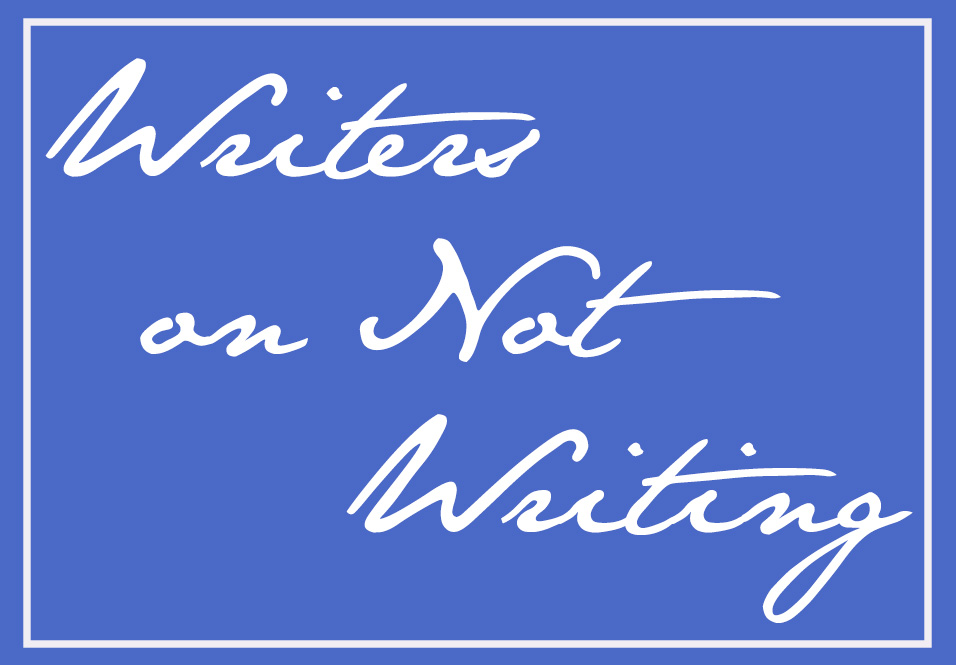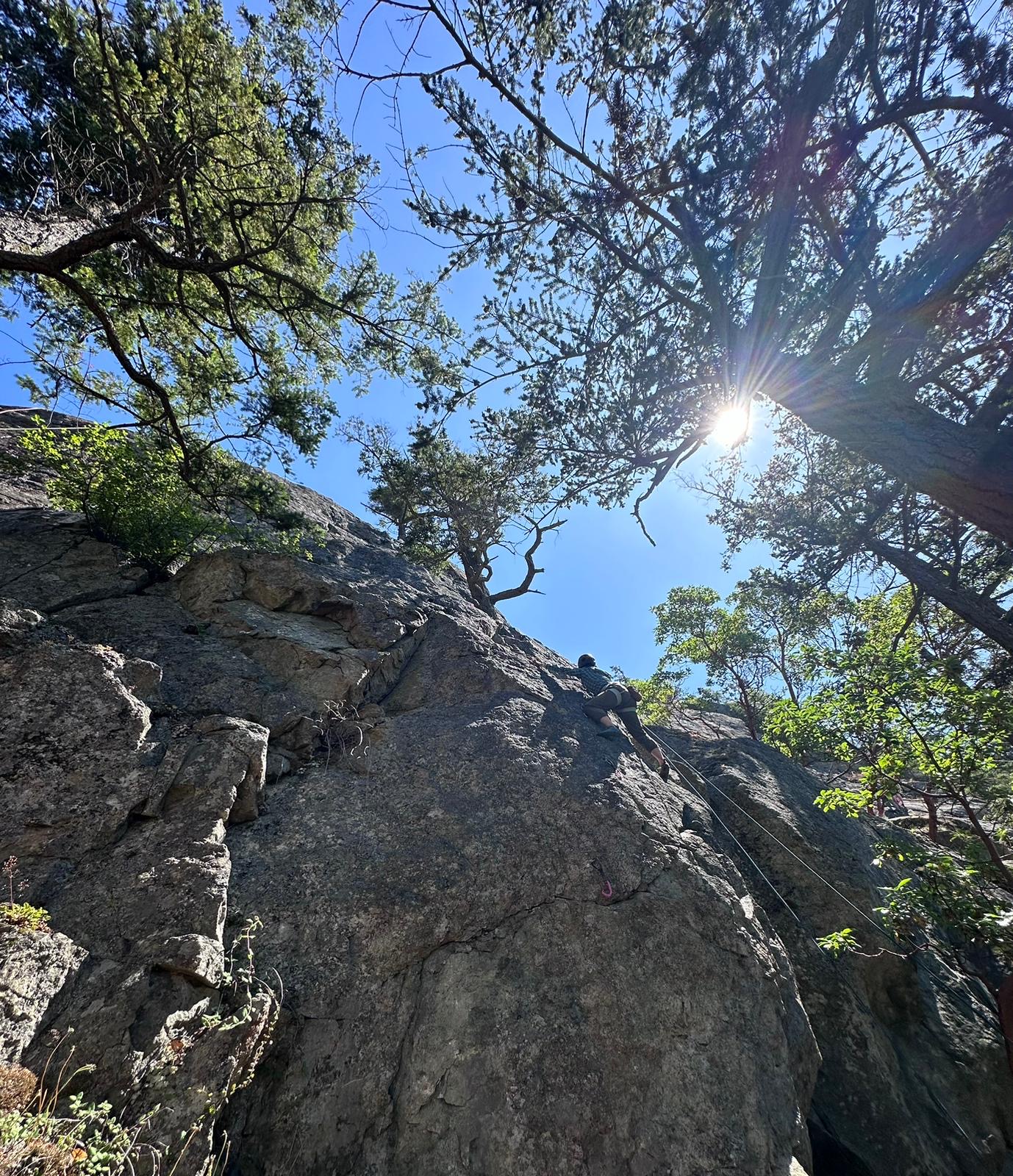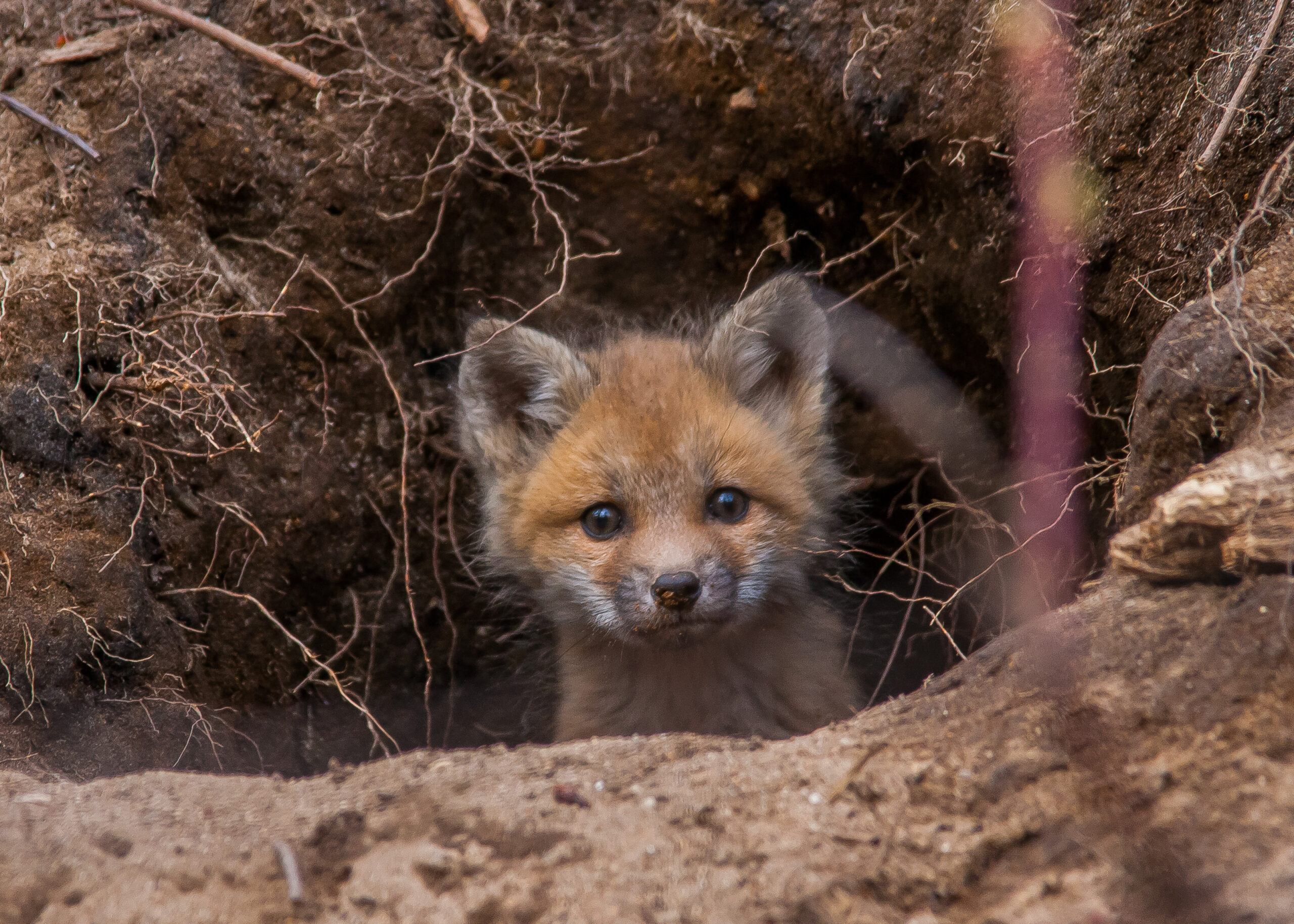Writers pour so much energy into their craft that sometimes we forget that creative pursuits other than writing can fill us up in other important ways. Here, we’ll look at what writers do when they aren’t writing, and how those pursuits affect the return to the page. This month, we hear from two writers—Yi Shun Lai and Tamra Wight—on how getting outside is a huge part of getting words on the page.

For the past year, I’ve been working at a day job in fellowships advising for college students. It’s the first full-time job I’ve had since 2002, and I love it, but I haven’t always been able to say so holistically—the daily business of it was actively keeping me from making anything of my own. My friend Tabitha Blankenbiller, another writer, told me it took her about a year at her full-time job before she could manage it all in her head, and I’m finally there now. Somehow, my portfolio of around 200 current students has made room for the new characters that are living in my works in progress.
All of which is to say that when I am not writing, I am thinking about my students, and their essays, and the questions and prompts they have to answer.
I try to make time for fine arts museums, or history museums, or natural history museums, whenever I can. I go alone, or with a friend, or with my husband. Attached to this pursuit is my own watercolor practice. I have a tiny notebook I carry around with me wherever I go, and the slimmest-ever watercolor palette from Art ToolKit. The portability of these tools helps me to make sure I always have a place to jot down impressions. Sometimes I snap a photo of whatever I see while I’m out and about, and then take a moment with a cup of coffee or a glass of wine, to copy the photo out onto the page.

Finally, I try to spend time outdoors. Lately I’ve been rock climbing, both indoors on artificial walls and outdoors on, uh, actual rock.
Helping my students with their fellowships and scholarships applications is low-hanging fruit on the satisfaction scale. I focus a lot on the theory of self-authorship, in which we begin to understand that we should investigate how and when we came about our own values, and then at some point in our lives begin to test those against our own lived experiences; begin to interrogate them, and eventually to make our own. It’s such a joy to guide students along these paths and support them through their self-exploration.
Visiting arts and history institutions is low-hanging fruit of another kind. This weekend, on a short trip to Washington, DC, we visited the Kenilworth Aquatic Gardens. There, I learned about the founder of the gardens, a Civil War veteran who loved waterlilies so much that they became his livelihood. I fell in love with this story, just like I’m in love with a certain smirking self-portrait of an artist at a museum more local to me; just like I can’t stop thinking about the Lone Woman of San Nicolas Island. These images and ideas and lives live rent-free in my head, inspiring me, and I’m not mad about it.
Painting is still really challenging for me. It allows me to step back into beginner mode, and play more. When I’m writing, I’m very keenly aware of my past publications, and I forget that, when you’re a beginner, you can do so much more, because you don’t know what the “rules” are.
Getting outside is a critical part of my being. But rock climbing provides a real escape. At the gym, I put on my headphones and listen to a news podcast while I’m climbing, or staring at the wall, trying to sort out how to approach the next route. And outside, I enjoy the sounds of the outdoors, the feel of the breeze ruffling my hair under my sweaty collar, or the chatter of my climbing mates below me. If I’m stuck on a problem outside, I enjoy the sensation of patting my hands all over the wall, looking for my next move, or noticing the tiny plant, or bug, up close that you’d never be able to see if you weren’t up there with them.
Working with my students’ essays, and listening to how they would like to put their best foot forward on the written page and in interviews allows me to return to the more complicated plot lines I’m trying to untangle or build in my own work feeling refreshed.
Art and history remind me to slow down. To gain long-range perspective. And making my own art gives me another means of communication, which allows me to step away from words, which in turn reminds me that I am more than my work, so that when I return to it, it feels newer to me, somehow.
And the same is true of rock climbing, at least with the community I’ve been climbing outdoors with. No one in my community begrudges the amount of time a person can spend looking for the next hold, or struggling through a particularly hard pitch. I’m grateful for the space and time to breathe, and to feel, in a different way than I do when I’m writing. It reminds me that I can take time. I don’t necessarily need to solve every problem now.
Yi Shun Lai
I spent twenty-seven years running a Maine campground. I took great pride in my family’s business, and I loved my young campers, the land, and raising my own children in that environment. But it brought sixty-hour summer work weeks and 132 families as company on any given day. Now that we’ve retired from that life, and I have summers off as a teaching assistant, I relish my summer days and have the hardest time sitting inside at my desk to create.
Back when our campground became busy, if I had a free hour, I found myself drawn to our lakeside trails leading to the lake’s edge. When kayaks became commonplace, they gave me the ability to navigate the waters myself. Lower Range Pond had 200 acres, plenty of room to get lost! The pond was a quiet, solemn place at sunrise, and I usually had it all to myself at that time. Sometimes it was enough to just sit on the water, sipping my morning coffee, watching the lake awake as the sun peeked over the treetops.
Whether hiking the woods or kayaking on the water, I began to discover I enjoyed wildlife watching. From dragonflies to songbirds, turtles, eagles, deer and foxes, whenever I’d see a new-to-me insect or animal or a new behavior, I’d run home to research it. Eventually, I thought to bring a camera along to document what I’d seen for reference.
 Cooper and Packrat series. While I spent hours nature watching the loons feeding their chicks, or a heron swaying side to side when spotting a meal, my mind was calming and clearing. This allowed me to mull over a plot point or develop a character’s personality. Rather than feel guilty for not actively putting words into my document, I began to count this time as writing reflection time, even if what I was observing didn’t pertain to the story I was writing.
Cooper and Packrat series. While I spent hours nature watching the loons feeding their chicks, or a heron swaying side to side when spotting a meal, my mind was calming and clearing. This allowed me to mull over a plot point or develop a character’s personality. Rather than feel guilty for not actively putting words into my document, I began to count this time as writing reflection time, even if what I was observing didn’t pertain to the story I was writing.
We sold our campground and moved from forty acres to one. At first, I worried I’d be losing all my inspiration and research. But within a couple months I’d realized there was plenty to experience on my one acre! Ant hills, chipmunks, ermine, broad-shouldered hawks, bats and more! I even had a fox try to move in under my shed.
At almost every presentation I give, young and young-at-heart attendees ask, “What do you do when you can’t find the words?”
“Take a hike,” I tell them. “Get outside. Clear your head. Observe nature. The inspiration will come.”
Tamra Wight
Yi Shun Lai is the author of A Suffragist’s Guide to the Antarctic, a young adult historical adventure. Her writing has appeared in Brevity, Shondaland, and more; and she teaches in the MFA program at Bay Path University. She is also the author of a women’s contemporary novel, Not a Self-Help Book; The Misadventures of Marty Wu; and a memoir, Pin Ups. You can find her on the web at thegooddirt.org
Tamra Wight lives in Turner, Maine. She and her husband and their two children ran Poland Spring Campground for twenty-seven years. During the school year, she works as a teaching assistant at Whittier Middle School. Between the two she has more writing inspiration than she knows what to do with! Her campground life inspired her Cooper and Packrat eco-adventure series, Mystery on Pine Lake, Mystery of the Eagle’s Nest, Mystery of the Missing Fox, Mystery of the Bear Cub and Mystery of the Lost Lynx. She’s also the author of The Three Grumpies (illustrated by Ross Collins). When Tamra isn’t writing she enjoys wildlife watching, gardening, hiking, geocaching, kayaking, powerwalking, and snowshoeing. And she especially enjoys them when family are by her side. You can see her wildlife photos on her website and sign up for her monthly-ish newsletter at www.tamrawight.com.
Curated by Jen Dupree
